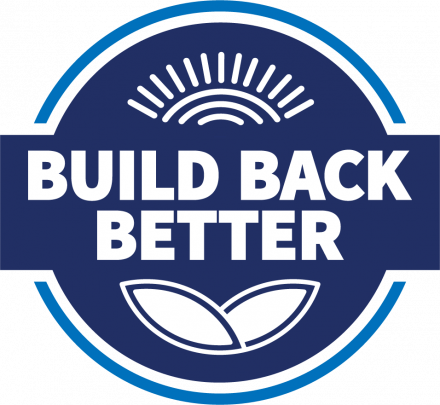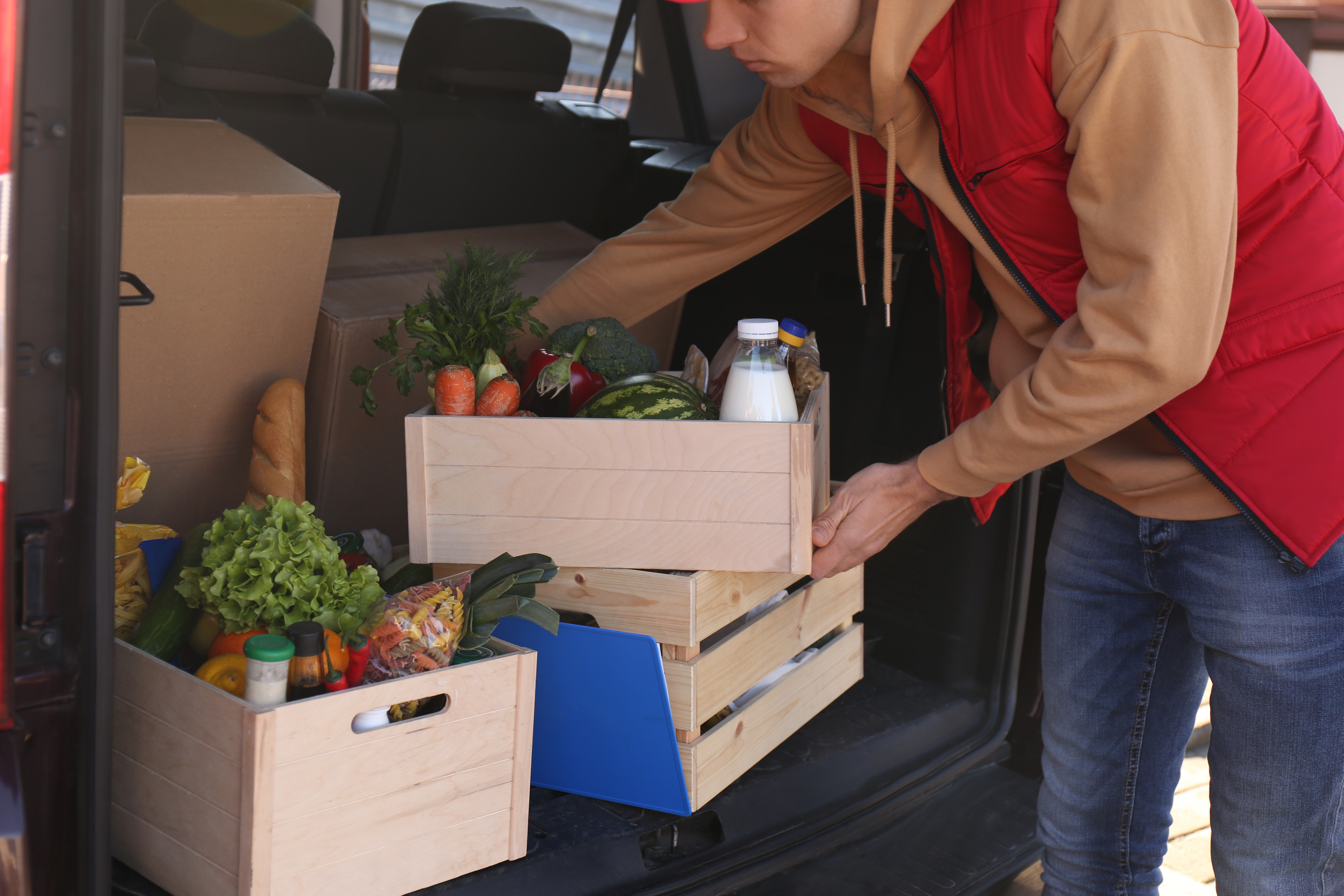



USDA invests $1 billion in food bank capacity as part of the Build Back Better initiative
The USDA will invest $1 billion to purchase healthy food and shore up food bank capacity as part of the new Build Back Better Initiative.The new Build Back Better Initiative will serve as a bridge from pandemic assistance to food system transformation. The USDA's $1 billion investment includes $500 million in American Rescue Plan funding, in The Emergency Food Assistance Program (TEFAP) to support and expand the emergency food network so states, food banks and local organizations can reliably serve their communities.


Building on lessons learned during the COVID-19 pandemic, USDA will enter into cooperative agreements with state, Tribal and local entities to more efficiently purchase food from local producers and invest in infrastructure that enables partner organizations to more effectively reach underserved communities. USDA believes the food system of the future should be fair, competitive, distributed, and resilient; it must support health and ensure producers receive a fair share of the food dollar while advancing equity and contributing to national climate goals. This investment represents the first part of USDA’s new Build Back Better initiative to help achieve that vision and start building a better food system today.
“Hunger is on the decline thanks to aggressive action by the Biden-Harris Administration, but we must do more to improve partnerships and infrastructure that power emergency food distribution to ensure the food provided is nutritious and supports a better food system,” said Agriculture Secretary Tom Vilsack.
“Now is the time to apply lessons learned from food assistance activities early in the pandemic to improve how USDA purchases food and supports on-the-ground organizations with TEFAP. We will put special emphasis on reaching rural, remote and underserved communities, local and regional food systems, and socially disadvantaged farmers.”
In the coming months, USDA will make a series of additional investments under the Build Back Better initiative focused on building a better food system. Build Back Better efforts will improve access to nutritious food, address racial injustice and inequity as well as a changing climate, provide ongoing support for producers and workers, and create a more resilient food system.
The announcement of up to $1 billion will help resolve lingering challenges directly associated with the COVID-19 pandemic and start addressing long-term challenges to our nation’s food system exposed by the pandemic.
This effort is funded through the American Rescue Plan Act ($500 million) and the Consolidated Appropriations Act, 2021 ($500 million) and includes:
- $500 Million to Support Emergency Food Assistance
- Up to $400 Million to Support Local, Regional, and Socially Disadvantaged Farmers
- Up to $100 Million In Infrastructure Grants to Build Capacity for Food Banks and Expand Reach into Underserved Areas
USDA will continue to make announcements through the Build Back Better initiative throughout 2021.


NFU applauds new investments in food security
National Farmers Union (NFU) has long held the position that access to safe and nutritious food is a basic human right. To secure that right, the organization advocates strong federal nutrition programs that place an emphasis on fresh and local foods. Because the administration’s approach closely aligns with those policies, NFU President Rob Larew applauded the announcement:
“No one should have to worry about where their next meal might come from. Unfortunately, that has been the reality for far too many American families, both during the pandemic and long before.
“But it doesn’t need to be this way. Family farmers and ranchers work hard to feed their communities, and there is more than enough food to go around. By strengthening the nutrition safety net, the Biden administration’s initiative would help mitigate our hunger crisis – while also offering farmers more options for distributing the food they grow. Both of these results will take us a few steps further on the path to pandemic recovery and to a food system that serves farmers and eaters alike.”










